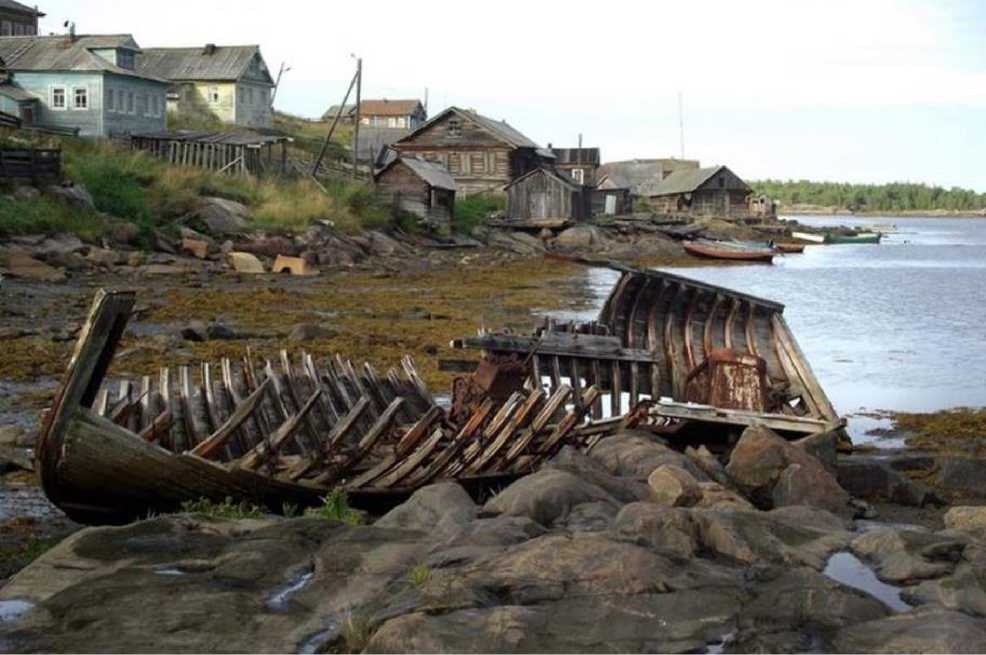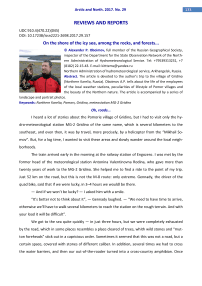On the shore of the icy sea, among the rocks, and forests...
Автор: Alexander P. Оboimov
Журнал: Arctic and North @arctic-and-north
Рубрика: Reviews and reports
Статья в выпуске: 29, 2017 года.
Бесплатный доступ
The article is devoted to the author’s trip to the village of Gridino (Northern Karelia, Russia). Oboimov A.P. tells about the life of the employees of the local weather stations, peculiarities of lifestyle of Pomor villages and the beauty of the Northern nature. The article is accompanied by a series of landscape and portrait photos.
Northern Karelia, Pomors, Gridino, meteostation MG-2 Gridino
Короткий адрес: https://sciup.org/148318563
IDR: 148318563 | УДК: 910.4(470.22)(045) | DOI: 10.17238/issn2221-2698.2017.29.157
Текст научной статьи On the shore of the icy sea, among the rocks, and forests...
Oh, roads...
I heard a lot of stories about the Pomorie village of Gridino, but I had to visit only the hydro-meteorological station MG-2 Gridino of the same name, which is several kilometers to the southeast, and even then, it was by travel, more precisely, by a helicopter from the “Mikhail Somov”. But, for a log time, I wanted to visit these areas and slowly wander around the local neighborhoods.
The train arrived early in the morning at the railway station of Engozero. I was met by the former head of the meteorological station Antonina Valentinovna Rodina, who gave more than twenty years of work to the MG-2 Gridino. She helped me to find a ride to the point of my trip. Just 52 km on the road, but this is not the M-8 route: only extreme. Gennady, the driver of the quad bike, said that if we were lucky, in 3–4 hours we wouldl be there.
— And if we won’t be lucky? — I asked him with a smile.
“It's better not to think about it”, — Gennady laughed. — “We need to have time to arrive, otherwise we'll have to walk several kilometers to reach the station on the rough terrain. And with your load it will be difficult”.
We got to the sea quite quickly — in just three hours, but we were completely exhausted by the road, which in some places resembles a place cleared of trees, whith wild stones and “mutton foreheads” stick out in a capricious order. Sometimes it seemed that this was not a road, but a certain space, covered with stones of different caliber. In addition, several times we had to cross the water barriers, and then our out-of-the-roader turned into a cross-country amphibian. Once we turned over: someone dismantled a part of the bridge across the stream, and our vehicle could not resist a flimsy ferry.
A couple of kilometers remained to the station. But, as I was peering, I could not see the road or anything that looked like a road.
— No roads here, you need to go almost on a hunch, among the stones, on the littoral. You only can do this with this technique, nothing else can pass here, — Gennady explained.
At the meteostation
MG-2 Gridino was completely lost on the Karelian coast of the cold sea among the rocks, forests, and it can be seen only from the water. The meteorological station was opened in October 1915. It is located on Cape Gibliy (Mogilnyi). It is a stony, flat ledge in the sea, which rises steeply to the station. There the former chiefs of the MG-2 Gridino were buried.
Arriving at the station, we were warmly greeted by its aborigines, Timur Zaitsev and Albina Vasilyeva, who came there last year. Timur previously worked at MG-2 Cape Konstantinovsky and at MG-2 Mudyug, Albina — at M-2 Moseevo. By chance they met on vacation and decided to go to any station, but together.
Timur — a weather station chief took me around. We must say that there were enough buildings. What is the value of the house of 1915? It is the coeval of the station, although it is now used as a warehouse, but I did not fail to examine it from the inside. The first thing that caught my eye was quality and fundamental: whatever you say, but how great they built it, and it's been more than a century ago. On the shelf I saw an old samovar with a chimney, perhaps it was also the first half of the last century. Near the station — a vegetable garden where children grow potatoes, beets, carrots, greens; there are also two greenhouses with tomatoes and cucumbers there. In a word — subsistence farming.
“We have enough products, the provision is ok, and if necessary, we'll bring it from the village”, — the young hostess of the weather station says, smiling.
“We collect the firewood ourselves, we take the “felling card” and fell deadwood, plus there are a lot of fins along the shore”, — Timur continues the conversation. “Technics is working for us. The tractor is indispensable in the summer, and in winter the snowmobile helps a lot. However, it has already developed its resource, and constantly requires repair. In winter you cannot walk to the spring for water, it is almost four versts to it. Electricity is produced by gasoline units, but we would be very much helped by the wind generator. And fuel would be safed and it is much better for the environment. The wind is always blowing, so that woudn’t be of no use.
Even when we were riding a quad bike, I asked if there were many mushrooms in these places. Gennady gloomily replied that year the harvest for mushrooms was extremely poor.
How amazing it was to me when I arrived at the station and made the first reconnaissance, to discover the abundance of mushrooms: no more than three hundred meters away, in an hour I easily collected two impressive baskets of moss and oats. True, in addition to the fungi, near the meteorological station, traces of the “master of the forest” — Mikhail Potapich (bear), were also found. Then I behaved not so carelessly and was more circumspect.
It turns out that the locals did not consider these mushrooms useful and they did not consider them as mushrooms, they take only white. But Timur and Albina did not know that these mushrooms are edible. Thus, I diversified the ration of the local inhabitants of the station, and several dozen cans of forest gifts were prepared for several days with my help.
Besides them, the cat Murka and the dog named ...... What would you think? That's right:
Grid!.. lived on the station.
The first two days the weather favored us, but then the hard north-west vind started to blow up to 20 m/s. Low lead clouds literally merged with the sea, the waves rattled against the rocky shore. About the desired fishing, promised by the station's chief, was forgotten for a while.
About fishing
Time passed, the main work was done. From the Office, it was finally informed that tomorrow the wind would abade and the weather would improve. The mood immediately rose up. Closer to dinner, the wind died down, as if by magic, the clouds dispersed, and the long-awaited sun looked out. Our weather forecasters from the Hydrometeorological Center were not mistaken, their prognosis was 100% correct. Me and Timur dug worms and decided to go for cod. In these areas, no one leaves far to fish in the sea, two or three hundred meters maximum: there is an open sea, catching takes place near small islands that are not far from the coast. Cod is represented by its sub-species, which differs from the Atlantic “sister” in half the size. The body length of the White Sea cod, as a rule, does not exceed half a meter, however, such large fish are not frequent. People distinguish between the small “summer” (Pomors call it "pertuy"), and larger “winter” cod. We were going for it. It is best to look for large cod from off-spring rocks leaving the sea with a sharp depth, the small one is caught quite well in the shallow waters near the rocky shore. In an open sea, cod prefers to keep near the cans (stone ridges) covered with bottom marine vegetation — laminaria (sea kale), sharply rising above the rest of the bottom and often drying out in the upper part at low tide. Such places on the North Karelian coast of the White Sea are called corgi or bakshi.
We Quickly set up a simple tackle, lower it to the bottom, and here it is — the first catch. The cos is certainly not from the Barents Sea, too small, but still not bad.
“Let's take over by quantity”, — Timur said with a smile.
A couple of hours later the box was full of fish. The fishing was successful, the impressions were received in full. Later there was an evening by the fire, pomor fish soup from freshly caught cod, tea with cranberries and fishing stories (how to stay without them). Then we all fell silent without a command and listened to silence. The autumn evening slowly absorbed us, only the crackling of logs, the noise of surf, and the rare cries of seagulls reminded us that all this was real, and not illusory.
“Russo turisto”
The trip approached its logical conclusion, it was a time to think about the return journey. On my luck, the meteorological station was visited by tourists from Moscow Oblast. Their large motor boat would easily accommodate another passenger. The bottle of “wheat juice” accelerated the negotiations and our departure to the village of Gridino and then to Engozer where it would be easier to find a passing boat.
By sea to this ancient settlement, no more than eight kilometers. Along the way, they talked, it turned out that they had already been to these places for the tenth autumn. They were attracted by the splash of co-furious waves, the cries of seagulls, the glaciated rocks and the emerald green of the woods, which were touched by the crimson. Andrew — one of those who do not need a Turkish coast.
“Nothing compares to our Russian North. But not all tourists will like this region, too harsh places here, the cold White Sea, huge boulders covered with lichens, are not suitable for a free and idle life. There is definitely no “All inclusive”, — he laughs. — At first glance it may seem that this is an ordinary village. Nothing like this! If you’ve ever been here, you will always return to this beautiful place, to Gridino. Fresh air, the smell of the sea, coniferous forest, green grass and the taste of juicy berries dream me, and I think one day they will dream you”...
His companion Igor continues: “No southern sea will ever catch on like this: these people, one hundred square kilometers, this harsh expanse, north wind, motor boat, jumping on the waves and dazzling you with cold salty spray!”
Andrei interrupts him: “And where else will you see fir trees, smeared with the north wind on the rocks, it is unknown from what past are the abandoned remains of wooden carbases, thrown out by the sea to the shore, wooden cupolas of the chapels from unknown times? Here you begin to feel what “Russian” is. You understand this, not with your head, but your heart!”...
Pomor past
The first impression of what I saw when our boat was buried in the Gridinsky shore was a shock. I never saw such an unusual relief. Then, we found ourselves on the ridge of a huge stone ridge, which tends towards the middle of the village, and then breaks off. At the very top of this rock stands a large worship cross. Around on the rocks we saw houses, ambers, baths. They win their place among the wild stones, not adapted for construction or walking.
From the ridge there is a magnificent view of the sea bay, overlooking the open sea. In the distance one can see islands with barns, they are now empty.
Seated from the salt sea wind villages, wooden walkways on rocks, baths, barns, crooked fences from poles... It seemed that time had frozen there long ago. The collapsing church in the center of the village also adds impressions.
Seemingly at random, the chaos of the development of Gridino is explained by the peculiarities of the landscape. The houses are located on rocks with no vegetation or terraces descending to the river bank. Most residential buildings and farm buildings are oriented with windows of the main facades to the south. A distinctive feature is the system of boardwalks, denoting the streets and allowing you to move around the village.
I talked with one of the residents. Maxim Mikhnin, that's the name of my interlocutor, a native of this village, his ancestors were also local. Mikhnin and Konovalov were the first settlers of these places. Maxim complained that there were almost no Pomors there. The collective farm collapsed at the beginning of the 2000s, and the locals were left to themselves. It was necessary to survive: someone was engaged in the service of tourists, someone left for more attractive places, and someone began to poach. Maxim decided to live in harmony with the law, became an individual entrepreneur. He was engaged in fishing on legal grounds. Maxim was against the poachers, did not allow to block the spawning rivers in nets. It helped fish inspectors.
“Real tourists come here a little. With the word "real", I mean those who do not leave garbage after themselves and live in full harmony with Mother Nature. I respect them, if necessary, I will always help with word and deed. And those who think that “after me even the grass does not grow," — “I can not stand them”, — said Maxim...
Gridino is one of the few surviving Pomor villages, which is under the protection of UNESCO. The condition of the houses has long been so-so, plastic windows are looking through places, sometimes historical barns can become firewood, but residents could be understood as they do not allocate money for the maintenance of old houses, but they must live somehow. In the village there are many boats. In some places wooden sleds are hanging on the walls of the network houses and anchors. The population lives mostly from fishing, which is understandable: the climate there is harsh for agriculture and the sea — here it is, at your side. But people do not seek to move to the cities from there, with rare exceptions — they are accustomed to a certain free lifestyle, and in beauty with these places, there is very little to compare.
The people in Gridino are special, the real Pomor bone, they are strong, solid. No fuss, empty talk, boasting. There is nothing to say about these qualities. And still very noticeable is the love of purity. We, the townspeople, have something to learn from them.
Photo impressions and some more...
Dawn, and especially here in Karelia, is whimsical, but very colorful. You can wait, stand in the rain and wind with hope to look at the pink feathers of the high clouds. And It might happen that there will be evenly nothing to wait. I hoped that everything would be different for me. After all, there was plenty of time, but the days went on, the business trip was over, and early ups and downs did not bring the expected results. But this is nature with its whims and laws. I could only accept these rules of the game.
And now, just before the departure, the perfect weather was outside. And early morning did not deceive my premonitions. A thin strip of light appeared on the very horizon, flared up, gradually grew brighter. A little more, and the blue bellies of the low clouds began to dye to a barely discernible crimson color. With every minute, they became more distinct and brighter, when they suddenly faded. But it was only a respite before the culmination of the symphony of color and light. A couple of minutes, the sun, hidden by clouds, painted clouds in the whole gamut of warm tones. Colors shimmered, flowed, until they began to fade out in a gradual manner. It was a real quiet autumn dawn on the sea. In addition, I managed to see both the fog in the swamp, and the bright sunsets, and the beauty of the forest, the cobwebs and dew on it, the grandeur of the stone blocks and all this it is — Northern Karelia!
Already on the way back there was a feeling that Gridino did not let go. I remembered people who relied on a newcomer with a camera and a notebook in his hands: “Help, write, so that life in the village will improve”. A bitter feeling of regret arises when I think about Pomors: if fishing in the sea does not revive, the strong northern base in people will disappear, they will have to survive and serve tourists.
But still there was a sense of peace when the space ends and the time stops, a feeling that you will not find in large or small towns, and this is what it is worth to come to this God-created land. Northern Karelia, Gridino, September 2017
All the photos were made by the author
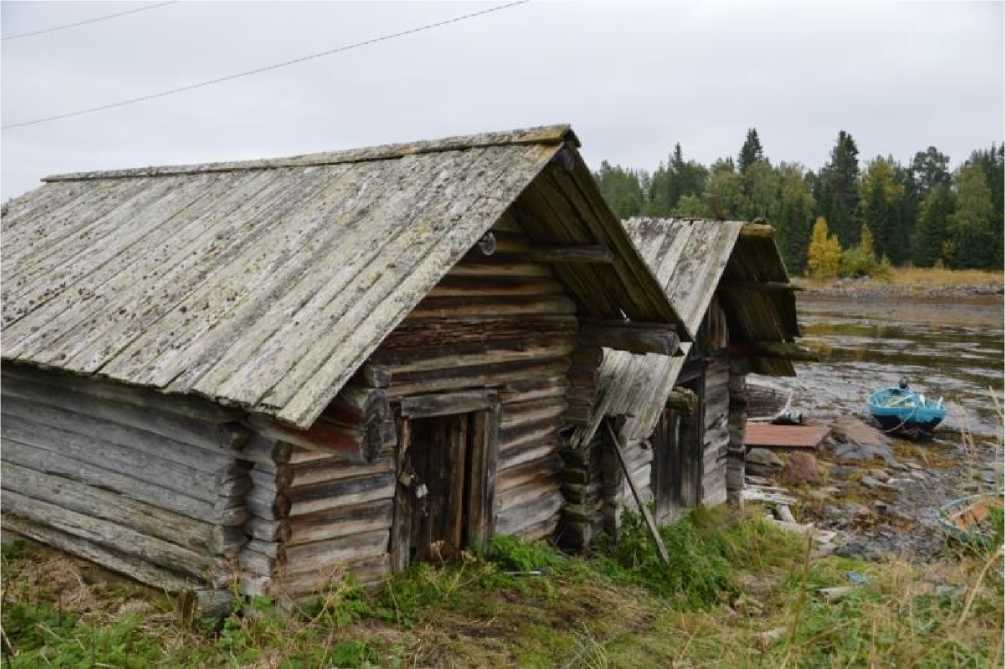
Fig. 1. Wooden barns — an integral part of the interior of the Pomorie village
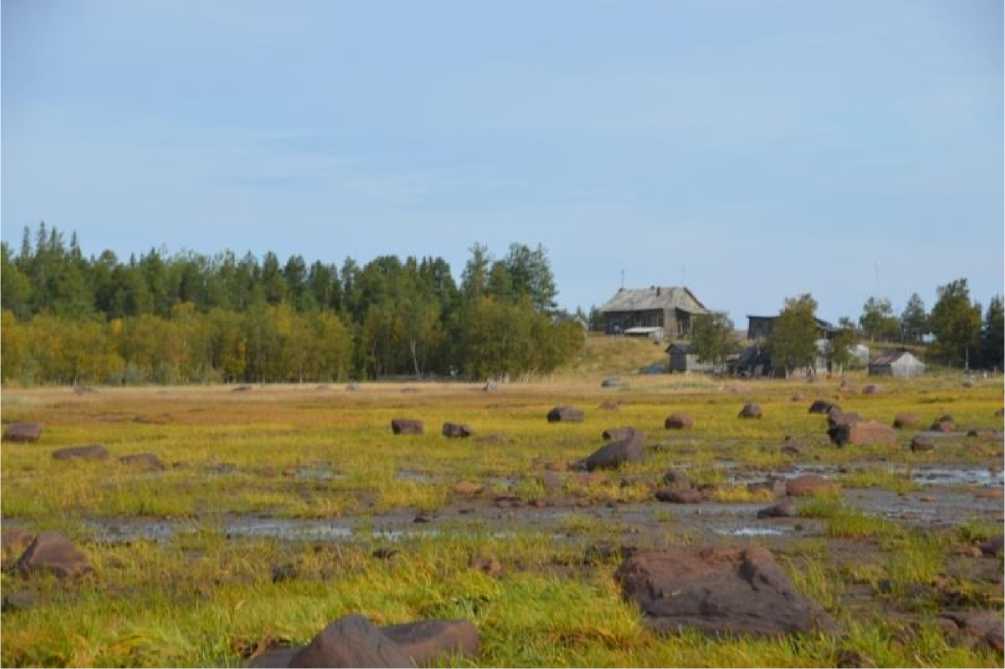
Fig. 2. It is possible to get there only in low tide
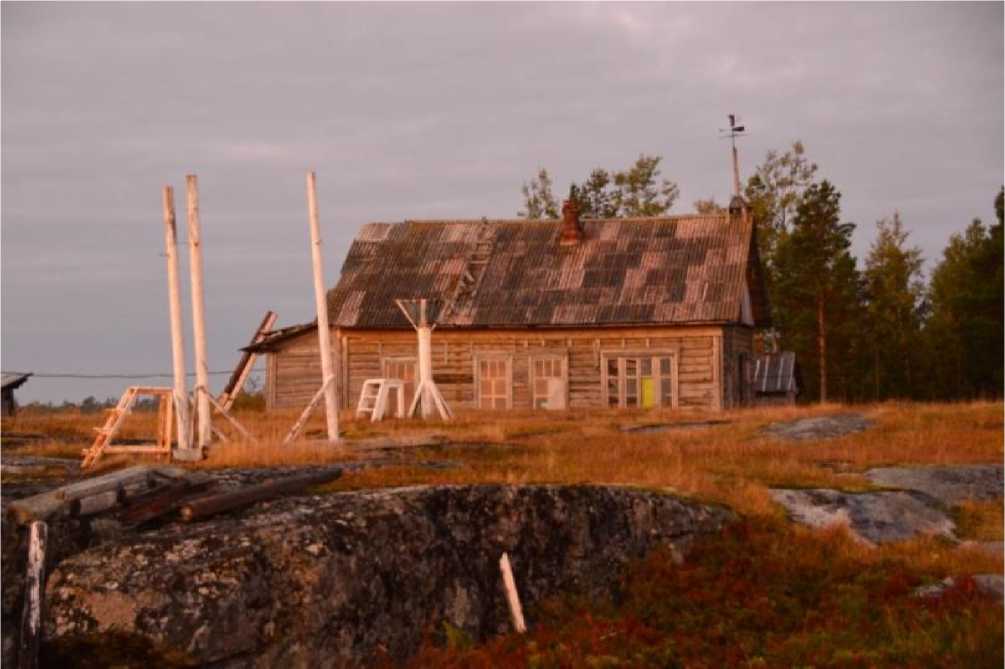
Fig. 3.The house of the meteostation built in 1915
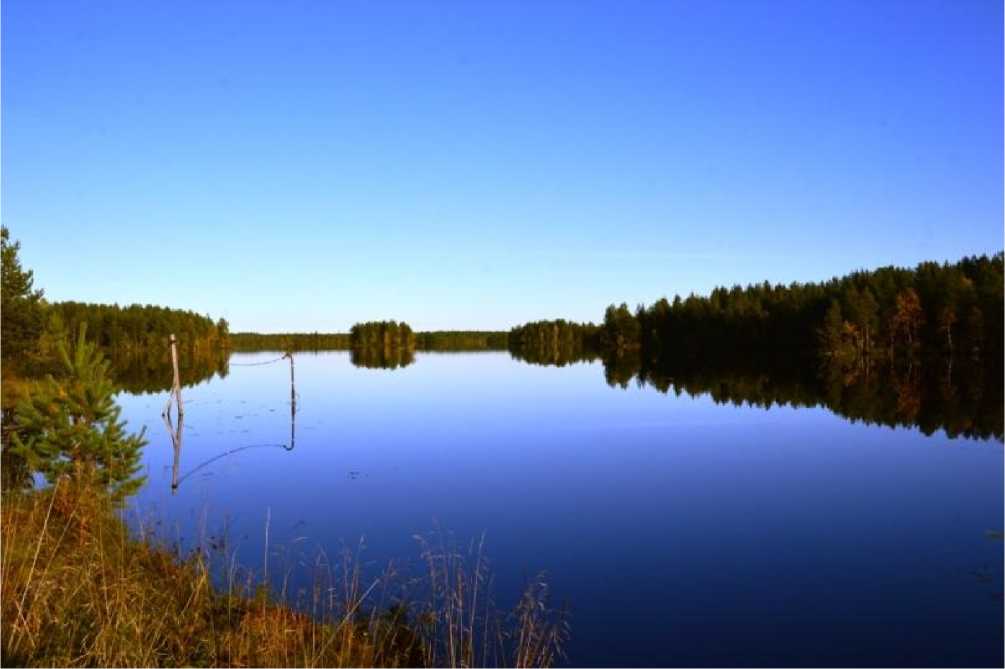
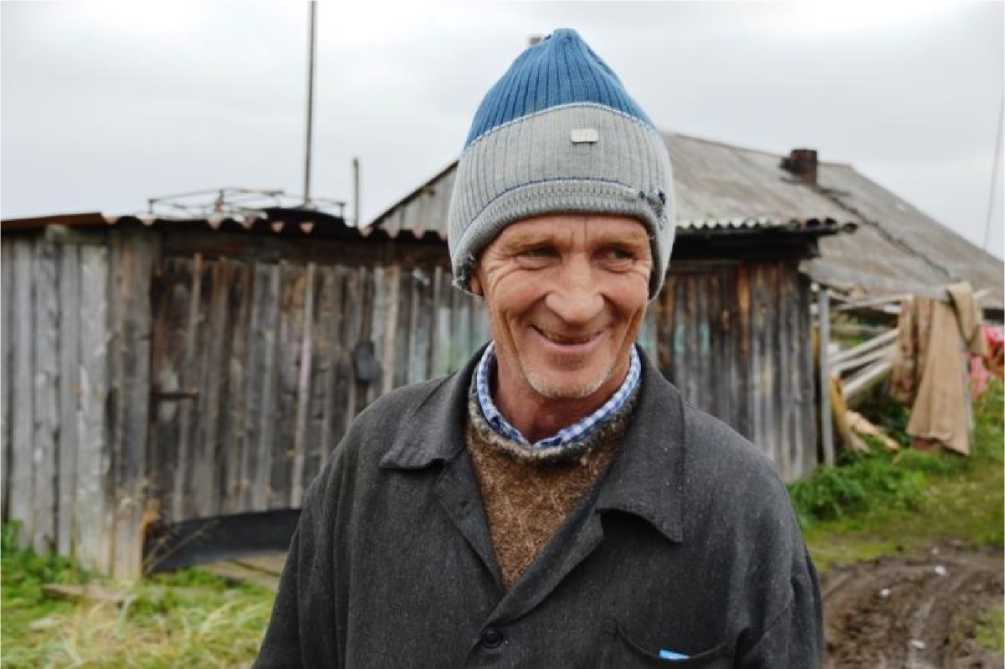
Fig. 5. Maxim Mihnin — a thunder-storm for poachers
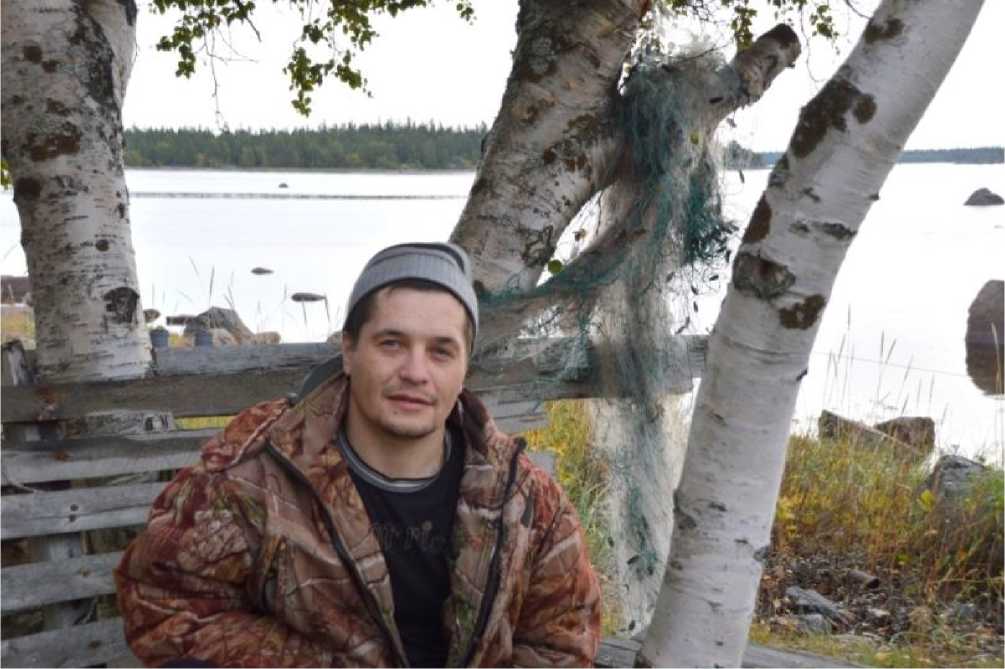
Fig. 6. Chief if the MG-2 Gridino Timyr Zaitsev
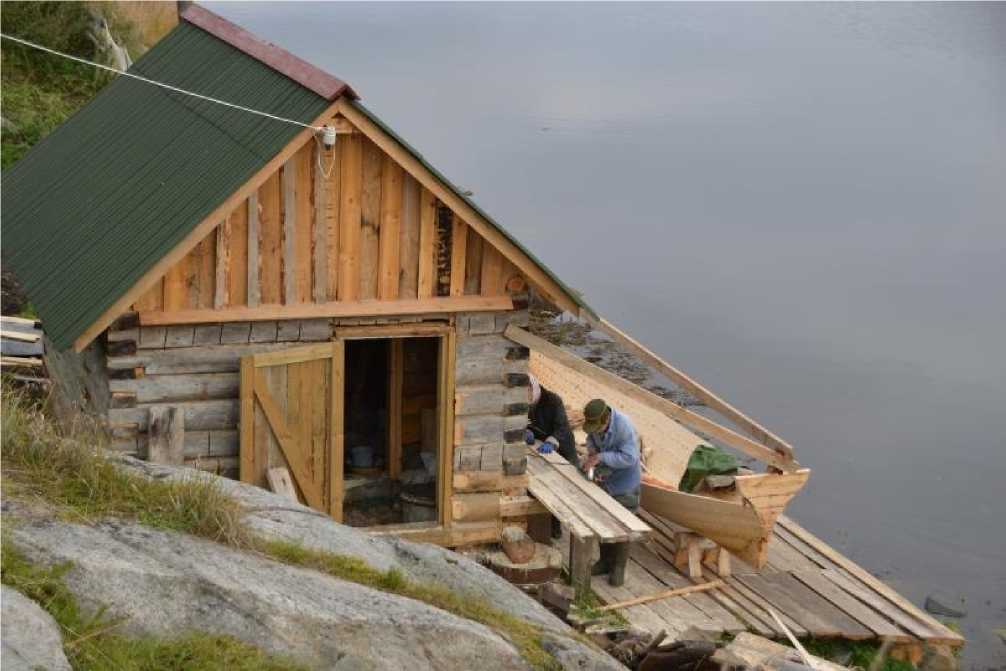
Fig. 7. Still there are boat masters
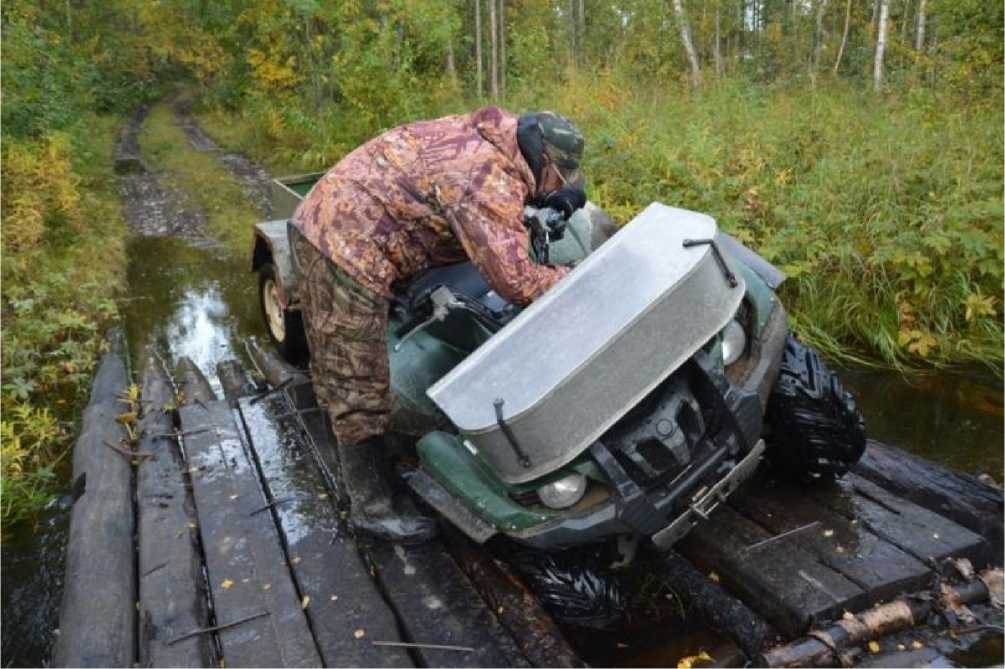
Рисунок 8. Crossing, crossing…
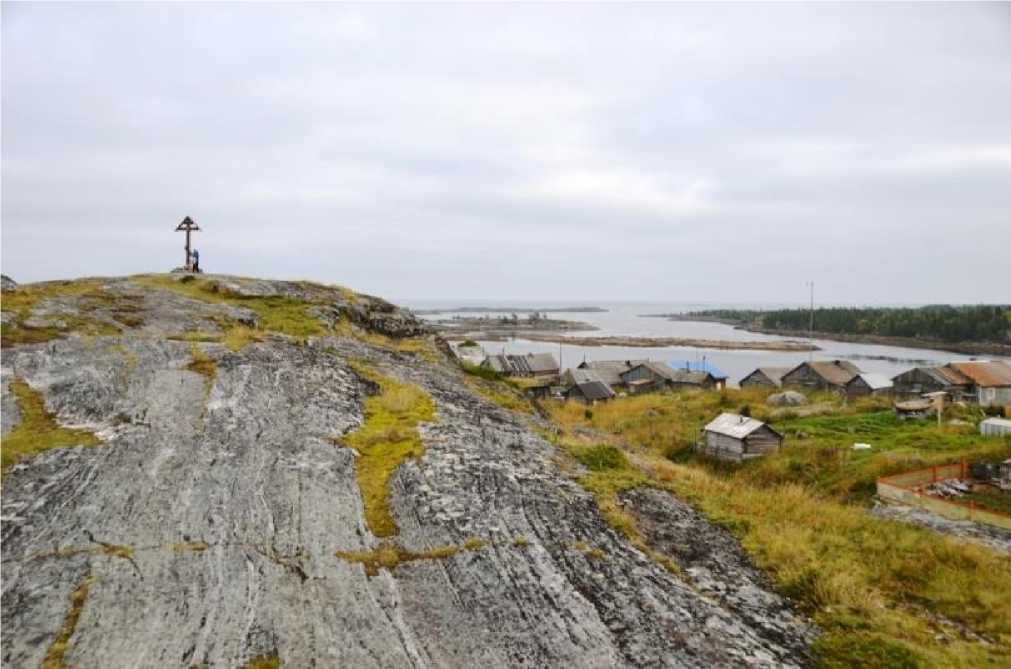
Fig. 9. Pitched cross on top of a rock
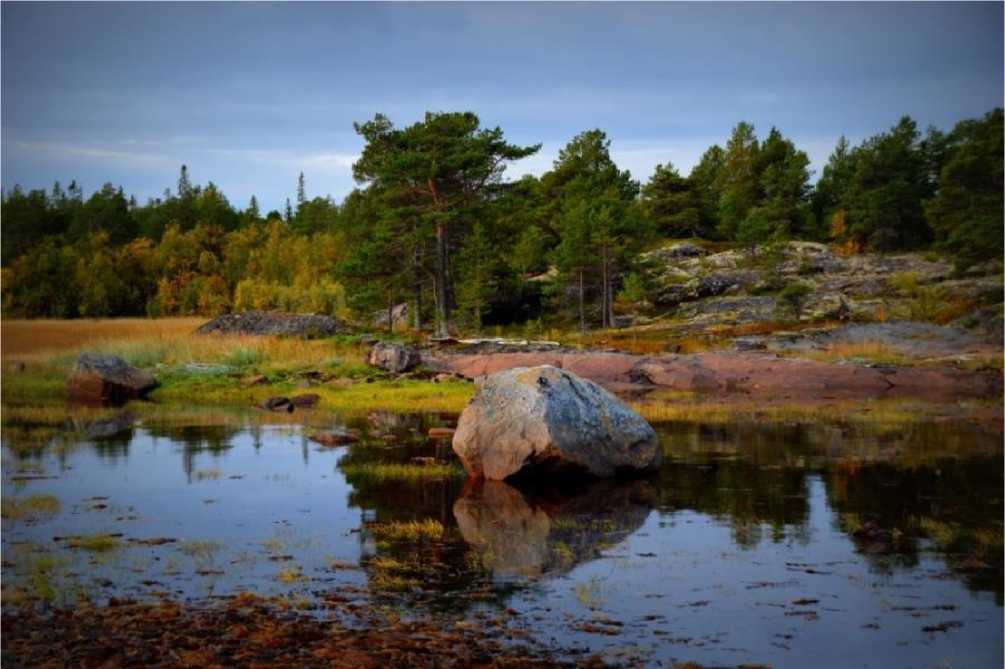
Fig 10. Fairytale landscape near the meteostation
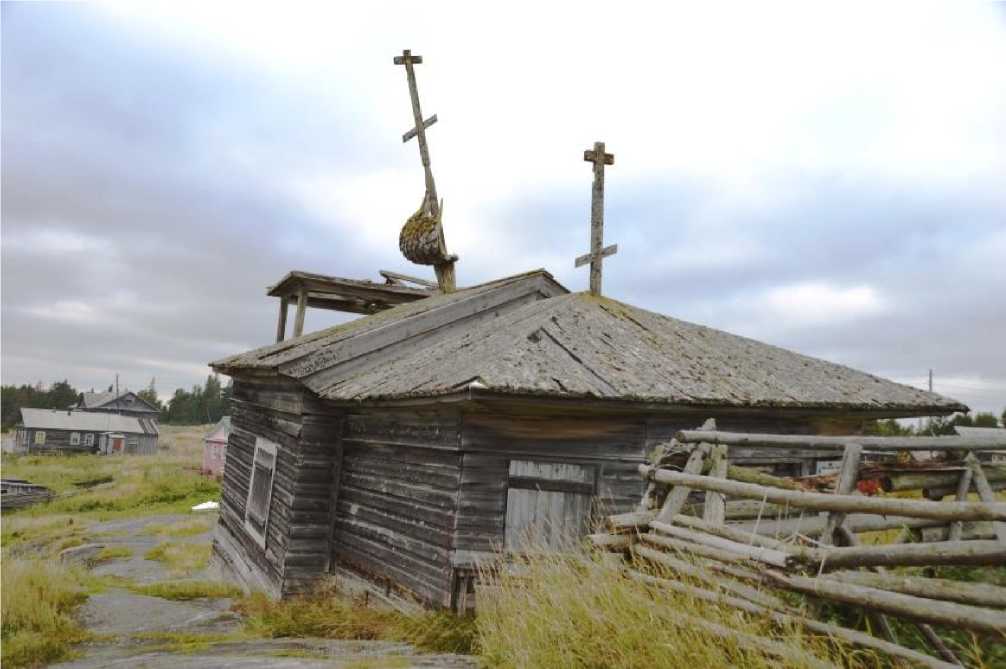
Fig 11. Church of St. Nicholas the Wonderworker
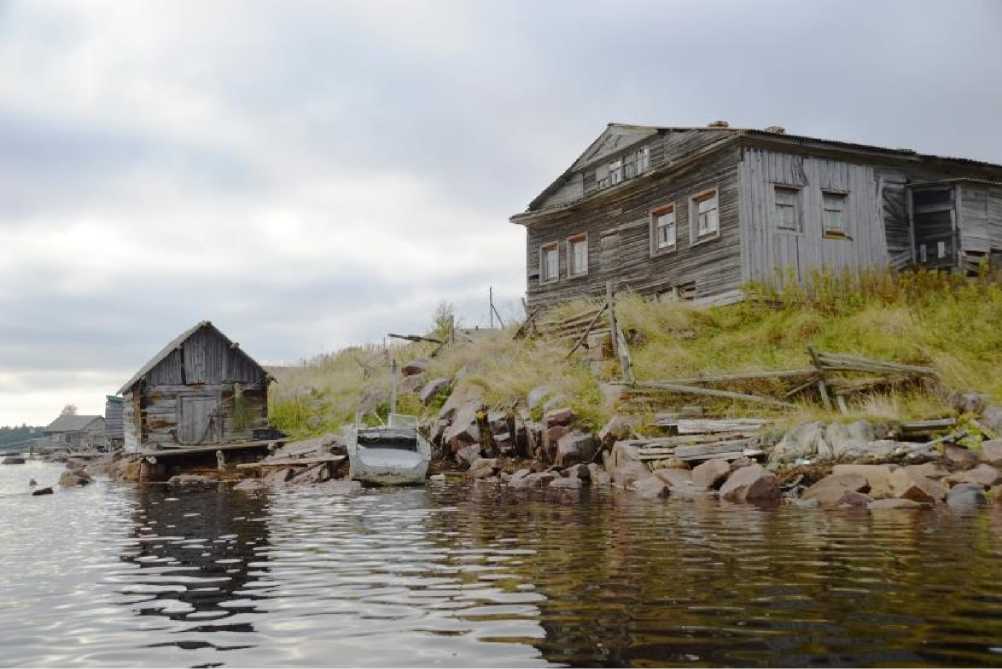
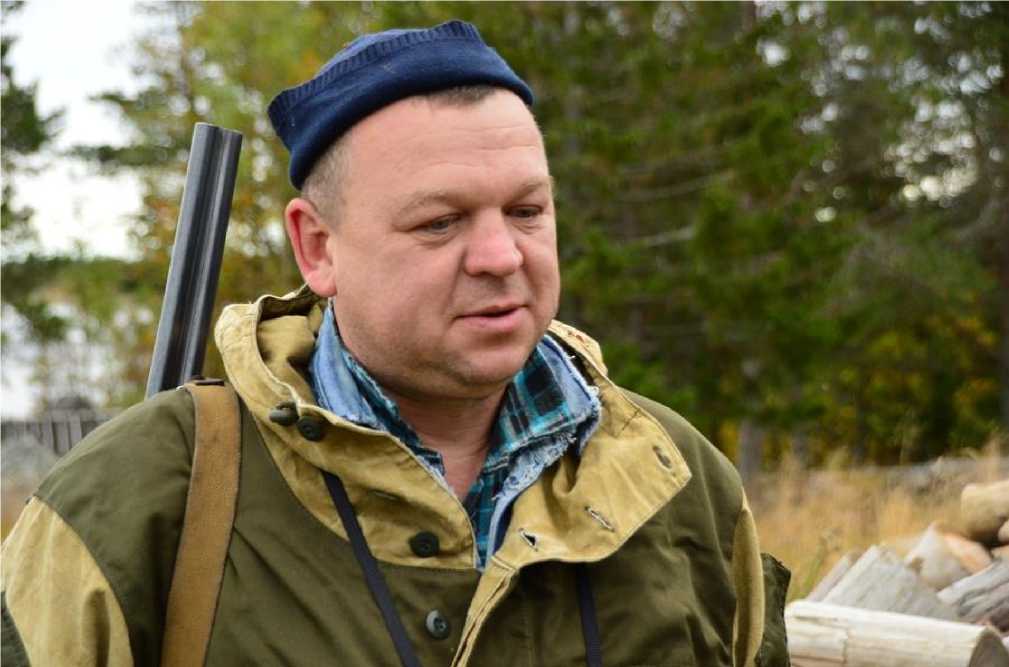
Fig 13. “Russo turisto”
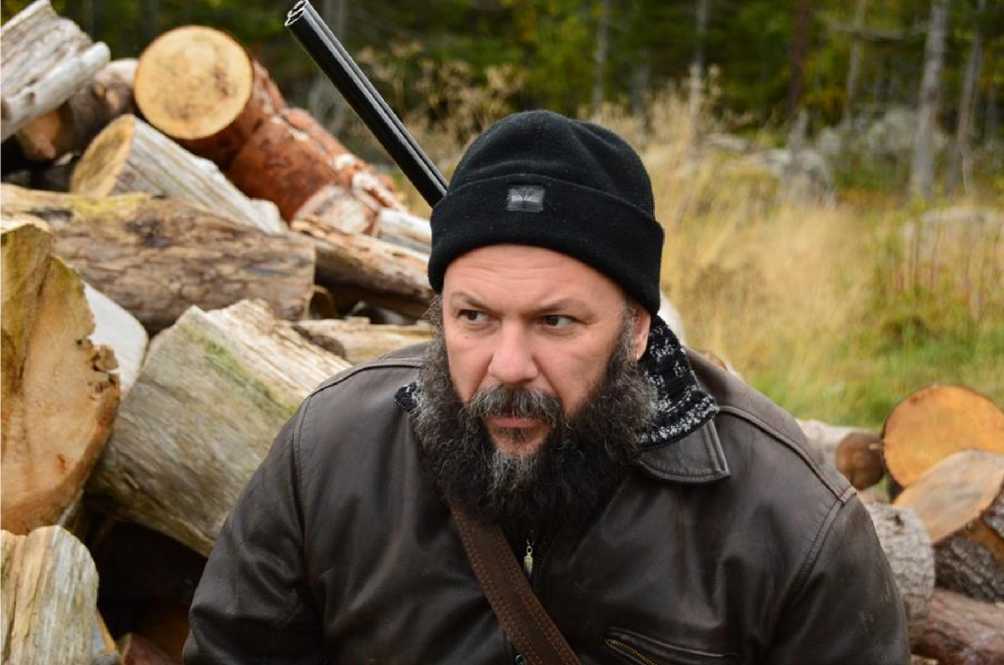
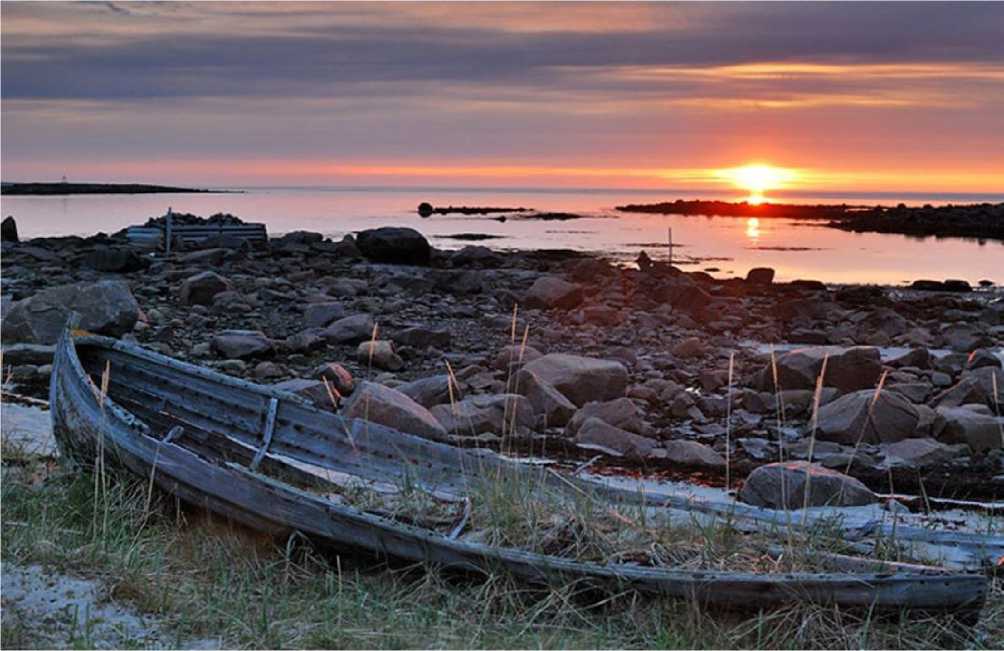
Fig. 15. Morning landscape
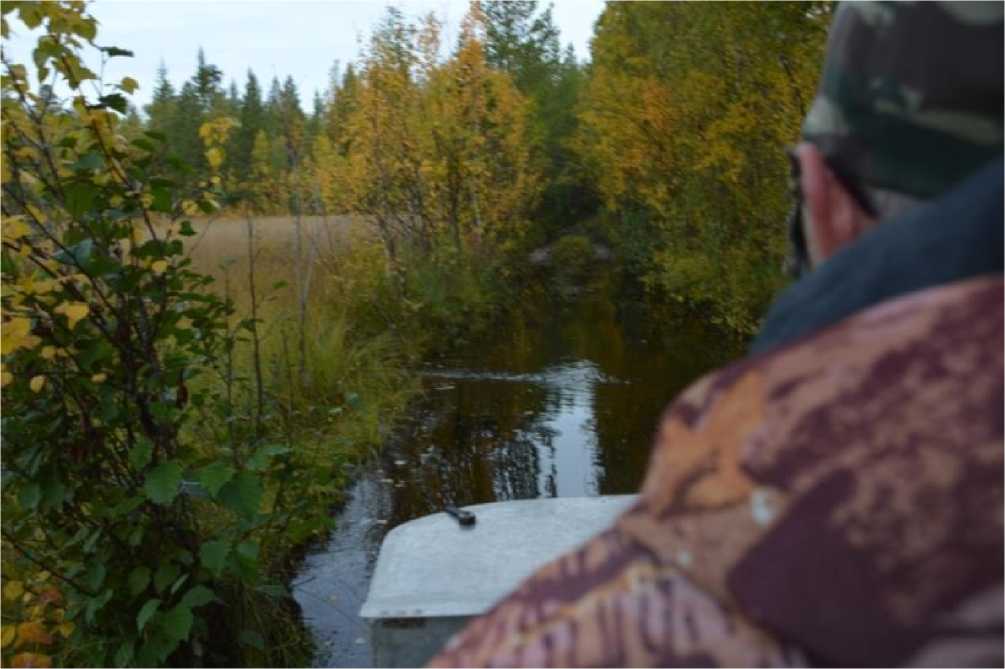

Fig. 17. Tog on the swam
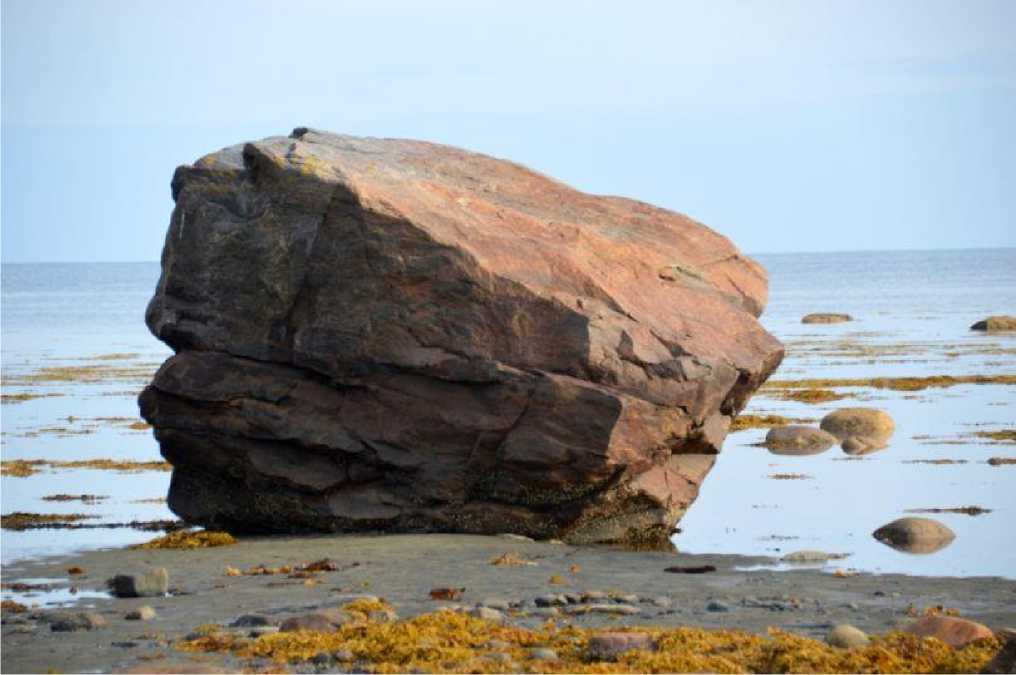
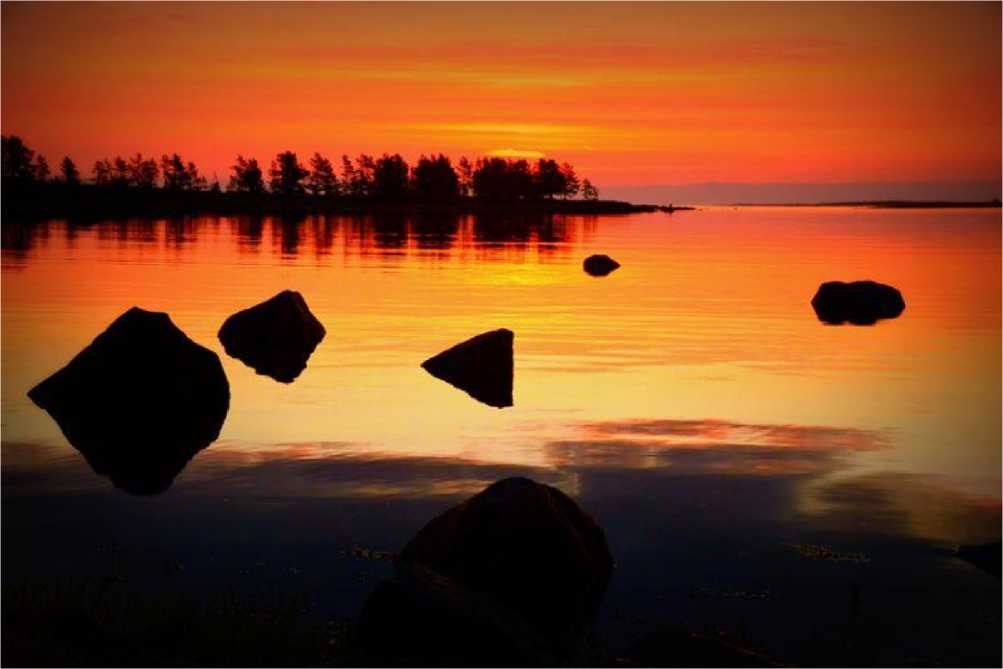
Fig. 19.Symphony of the color and light
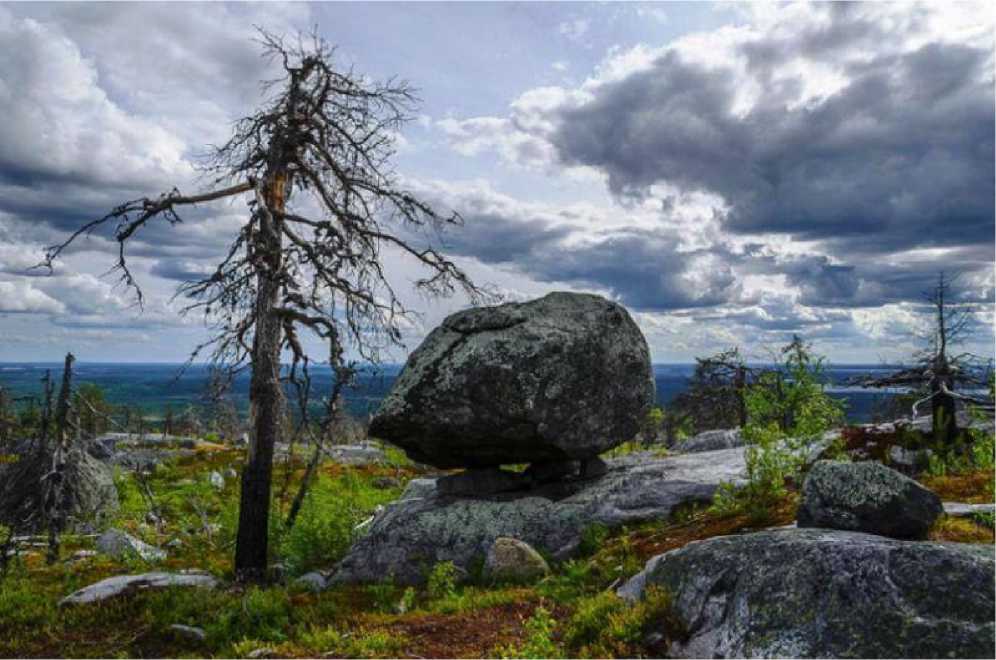
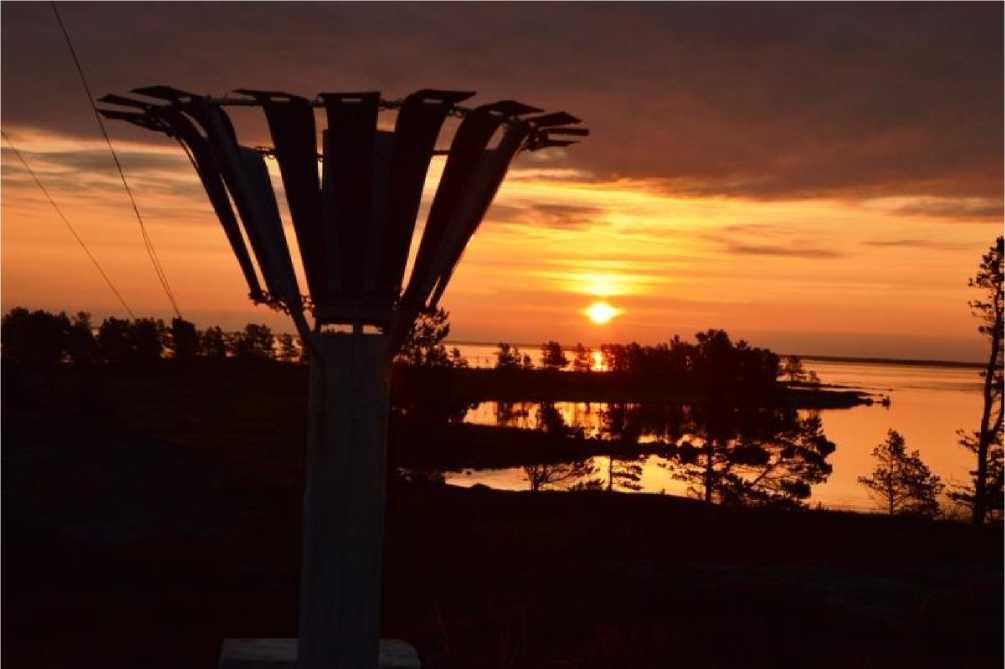
Fig. 21. Dawn at the meteostation
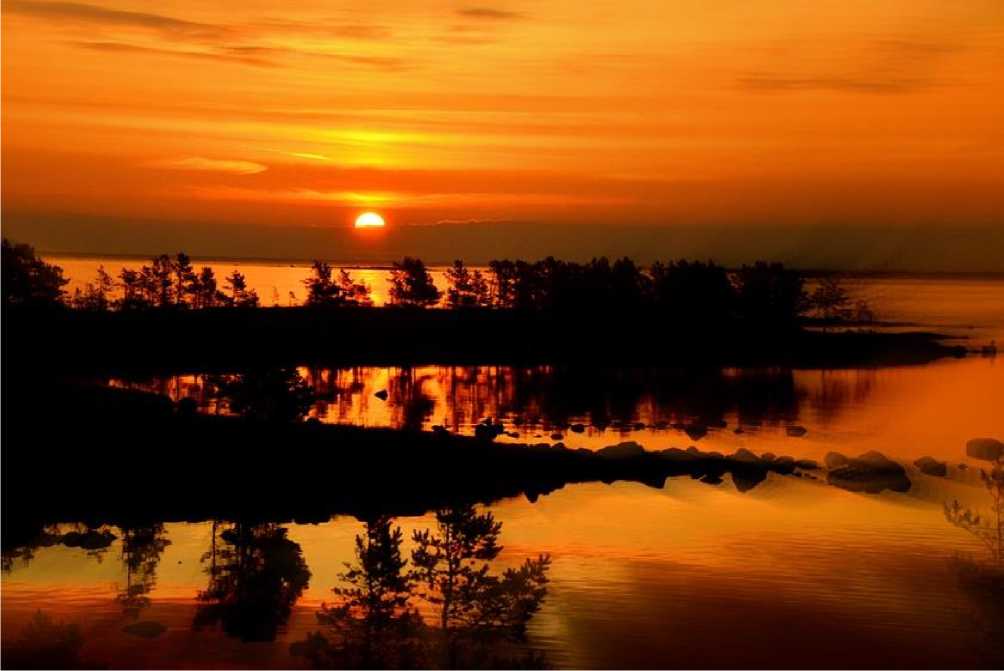
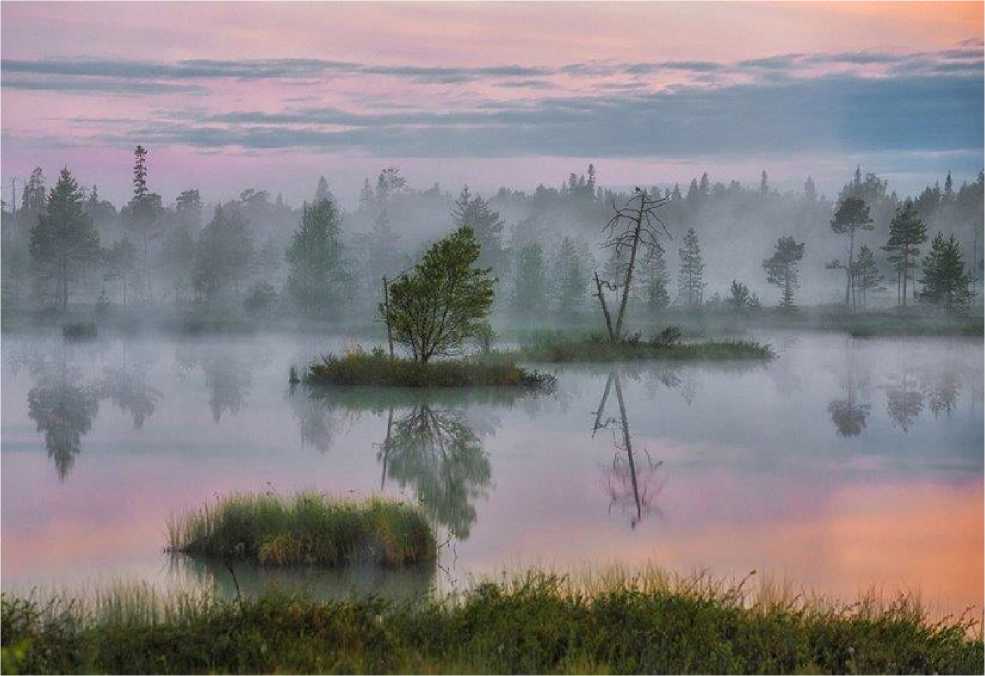
Fig. 23. Beauty of the North Karelia
